Dish Soap Alcohol Cleaning Hacks: Unlock the secrets to a sparkling clean home with these surprisingly effective DIY solutions! Are you tired of spending a fortune on expensive cleaning products filled with harsh chemicals? I know I was! That’s why I started experimenting with simple, everyday ingredients like dish soap and alcohol, and the results were astonishing.
Using dish soap and alcohol for cleaning isn’t exactly a new concept. In fact, resourceful homemakers have been using variations of these mixtures for generations. Think back to your grandmother’s cleaning tips – chances are, she had a secret recipe involving one or both of these ingredients! This tradition stems from a time when natural and readily available resources were valued and utilized to their full potential.
But why should you embrace these dish soap alcohol cleaning hacks today? Well, for starters, they’re incredibly budget-friendly. You probably already have these items in your pantry! More importantly, they offer a safer alternative to many commercial cleaners, reducing your exposure to potentially harmful chemicals. Plus, they’re surprisingly versatile, tackling everything from stubborn grease to grimy surfaces. I’m going to show you how to create powerful cleaning solutions that are gentle on your home and your wallet. Get ready to transform your cleaning routine with these simple, yet effective, DIY tricks!
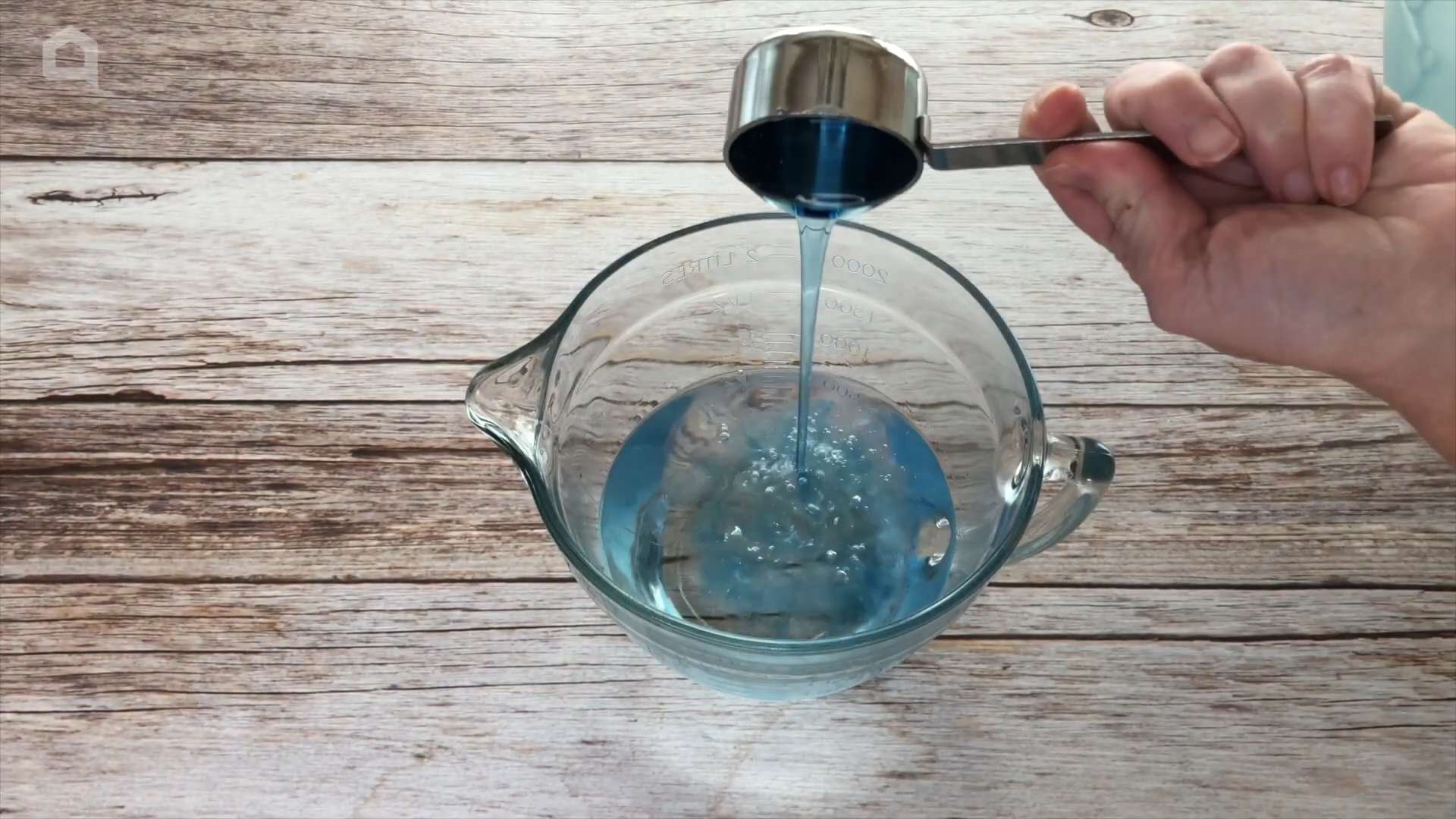
DIY All-Purpose Cleaner: Dish Soap and Alcohol Magic!
Hey everyone! I’m super excited to share one of my favorite DIY cleaning hacks with you: a powerful and versatile all-purpose cleaner made with just dish soap and rubbing alcohol. Seriously, this stuff is amazing! It’s perfect for tackling grime, grease, and everyday messes all over your house. Plus, it’s way cheaper than buying those fancy store-bought cleaners. Let’s get started!
Why This Combo Works
Before we dive into the how-to, let’s quickly chat about why this simple combination is so effective. Dish soap is a fantastic degreaser and helps to lift dirt and grime. Rubbing alcohol (isopropyl alcohol) is a great disinfectant and evaporates quickly, leaving surfaces streak-free. Together, they create a cleaning powerhouse!
What You’ll Need
* Spray bottle (a clean, empty one, of course!)
* Dish soap (I prefer a clear, unscented one, but any kind will work)
* Rubbing alcohol (70% isopropyl alcohol is ideal, but 90% works too – just adjust the ratio slightly)
* Water (optional, especially if using 90% alcohol)
* Measuring cups or spoons (for accuracy)
* Funnel (optional, but it makes pouring easier)
* Microfiber cloths (for wiping surfaces)
* Gloves (optional, but recommended if you have sensitive skin)
Mixing the Magic Potion
This is the heart of the whole operation! Getting the ratio right is key to a cleaner that’s both effective and safe for your surfaces.
1. Prepare Your Spray Bottle: Make sure your spray bottle is clean and dry. Any residue from previous cleaners could interfere with our new concoction.
2. Add the Rubbing Alcohol: Pour 1 cup of rubbing alcohol into the spray bottle. If you’re using 90% isopropyl alcohol, you might want to reduce this to ¾ cup and add ¼ cup of water to dilute it slightly. This helps prevent it from evaporating too quickly and gives the dish soap more time to work.
3. Add the Dish Soap: Now, add 1 tablespoon of dish soap to the spray bottle. It’s important not to add too much dish soap, as it can leave a sticky residue. A little goes a long way!
4. (Optional) Add Water: If you used 90% alcohol and reduced the amount, add ¼ cup of water now. If you used 70% alcohol, you can skip this step.
5. Close and Shake Gently: Secure the spray bottle lid tightly and gently shake the mixture to combine the ingredients. Avoid shaking too vigorously, as this can create excessive bubbles.
Putting Your Cleaner to Work
Now for the fun part – cleaning! This cleaner is incredibly versatile, but here are some of my favorite ways to use it:
* Kitchen Counters: Spray the cleaner onto your kitchen counters and wipe with a microfiber cloth. It’s great for removing grease splatters and food residue.
* Bathroom Surfaces: Use it on bathroom counters, sinks, and even shower doors to remove soap scum and water spots.
* Mirrors and Windows: This cleaner leaves mirrors and windows sparkling clean and streak-free. Just spray and wipe with a clean microfiber cloth.
* Stainless Steel Appliances: It works wonders on stainless steel appliances, removing fingerprints and smudges.
* Floors: Add a small amount (about 1/4 cup) to a bucket of warm water and use it to mop your floors. Be sure to test it in an inconspicuous area first to ensure it doesn’t damage the finish.
* Cleaning Sponges: You can even use this to clean your sponges! Soak the sponge in the solution for a few minutes, then rinse thoroughly.
Step-by-Step Cleaning Guide
Let’s break down the cleaning process with some specific examples.
Cleaning Kitchen Counters
1. Clear the Area: Remove any items from the countertop, such as appliances, dishes, or food containers.
2. Spray the Cleaner: Generously spray the dish soap and alcohol cleaner onto the countertop surface. Make sure to cover the entire area you want to clean.
3. Let it Sit (Briefly): Allow the cleaner to sit on the surface for about 30 seconds to a minute. This gives the dish soap time to break down grease and grime, and the alcohol time to disinfect.
4. Wipe with a Microfiber Cloth: Use a clean microfiber cloth to wipe the countertop thoroughly. Apply some pressure to remove stubborn stains or sticky residue.
5. Rinse (If Necessary): If you feel like there’s any residue left behind, you can rinse the countertop with a damp cloth. This is usually not necessary, but it depends on the type of countertop and how much cleaner you used.
6. Dry the Surface: Use a dry microfiber cloth to dry the countertop. This will prevent water spots and leave a sparkling clean finish.
Cleaning Bathroom Mirrors
1. Spray the Mirror: Lightly spray the dish soap and alcohol cleaner onto the mirror surface. Avoid spraying too much, as it can drip and create streaks.
2. Wipe with a Microfiber Cloth: Use a clean, dry microfiber cloth to wipe the mirror in a circular motion. Start from the top and work your way down.
3. Buff the Surface: If you notice any streaks, use a clean, dry section of the microfiber cloth to buff the surface. This will remove any remaining residue and leave a streak-free shine.
4. Inspect and Repeat (If Needed): Inspect the mirror for any remaining spots or streaks. If necessary, repeat the process until the mirror is clean and clear.
Cleaning Stainless Steel Appliances
1. Identify the Grain: Before you start cleaning, identify the direction of the grain on your stainless steel appliance. This will help you avoid streaks.
2. Spray the Cleaner: Lightly spray the dish soap and alcohol cleaner onto a microfiber cloth. Avoid spraying directly onto the appliance, as this can cause drips and streaks.
3. Wipe with the Grain: Wipe the appliance with the microfiber cloth, following the direction of the grain. Apply gentle pressure to remove fingerprints and smudges.
4. Buff the Surface: Use a clean, dry section of the microfiber cloth to buff the surface. This will remove any remaining residue and leave a shiny finish.
5. Inspect and Repeat (If Needed): Inspect the appliance for any remaining spots or streaks. If necessary, repeat the process until the appliance is clean and shiny.
Important Considerations and Safety Tips
* Test First: Before using this cleaner on any surface, test it in an inconspicuous area to ensure it doesn’t damage the finish. This is especially important for delicate surfaces like wood or painted furniture.
* Ventilation: When using rubbing alcohol, make sure the area is well-ventilated. Open a window or turn on a fan to avoid inhaling too many fumes.
* Avoid Mixing with Bleach: Never mix this cleaner with bleach or any other cleaning products. This can create dangerous fumes.
* Storage: Store the cleaner in a cool, dry place away from children and pets. Label the bottle clearly so you don’t accidentally mistake it for something else.
* Skin Sensitivity: If you have sensitive skin, wear gloves when using this cleaner. Rubbing alcohol can be drying and irritating to some people.
* Not for All Surfaces: While this cleaner is versatile, it’s not suitable for all surfaces. Avoid using it on porous surfaces like unsealed granite or marble, as it can penetrate and stain the stone. Also, avoid using it on electronics, as the alcohol can damage the internal components.
* Adjust the Ratio: Feel free to experiment with the ratio of dish soap and alcohol to find what works best for your needs. If you find the cleaner is too soapy, reduce the amount of dish soap. If it’s not cleaning effectively enough, you can try adding a little more dish soap.
Troubleshooting
* Streaks: If you’re experiencing streaks, it could be due to using too much dish soap or not wiping the surface thoroughly enough. Try reducing the amount of dish soap in your mixture or using a clean, dry microfiber cloth to buff the surface.
* Sticky Residue: If you’re noticing a sticky residue, it’s likely due to using too much dish soap. Try reducing the amount of dish soap in your mixture and rinsing the surface with a damp cloth.
* Strong Alcohol Smell: The alcohol smell can be quite strong, especially when you first spray the cleaner. Make sure the area is well-ventilated and the smell should dissipate quickly as the alcohol evaporates.
Variations and Add-Ins
While the basic dish soap and alcohol cleaner is fantastic on its own, you can also customize it with a few add-ins to suit your specific needs:
* Essential Oils: Add a few drops of your favorite essential oil for
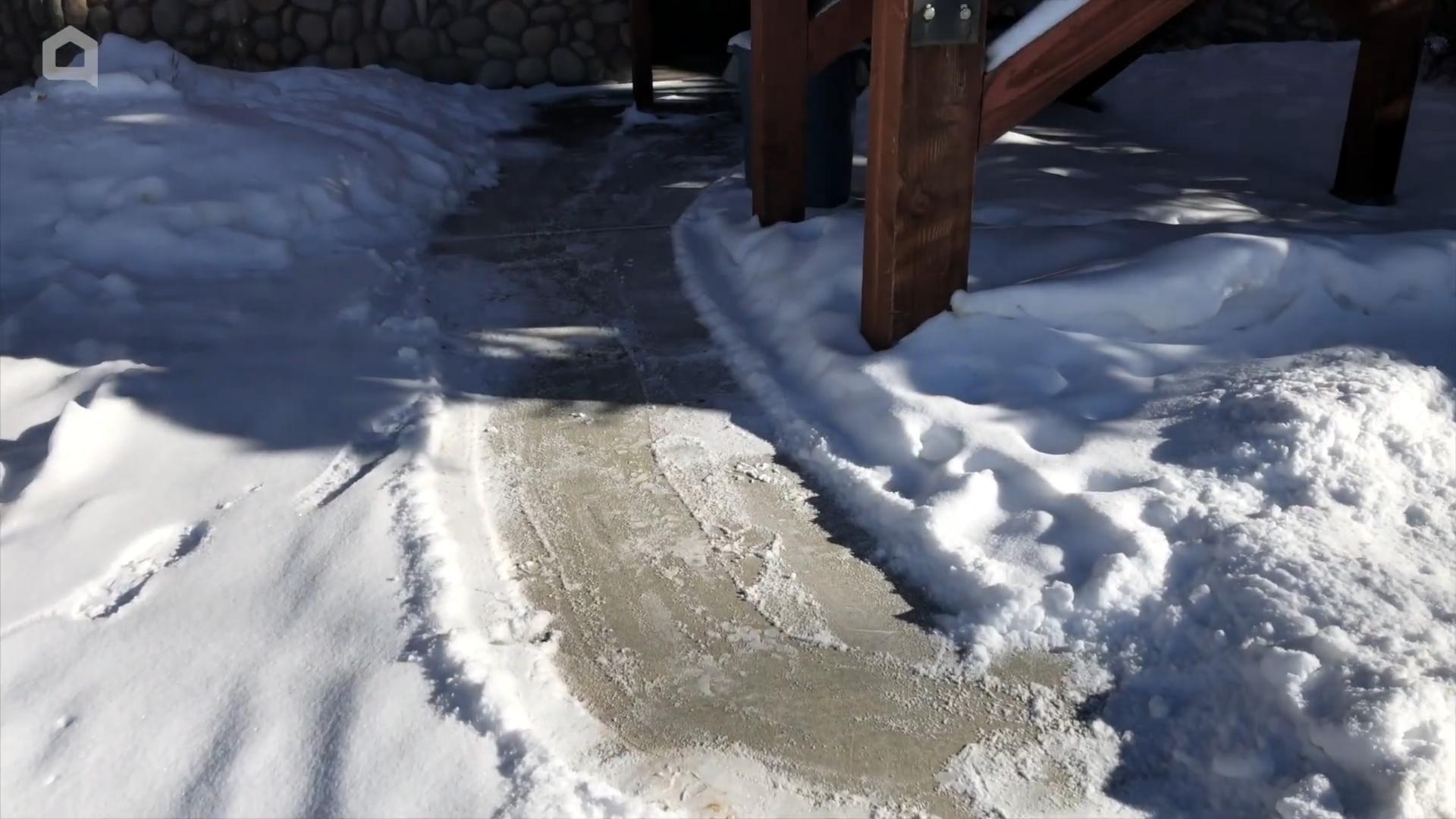
Conclusion
So, there you have it! This simple yet incredibly effective Dish Soap Alcohol Cleaning Hacks is a game-changer for anyone looking to simplify their cleaning routine and achieve sparkling results without harsh chemicals. We’ve explored how the degreasing power of dish soap, combined with the disinfecting and quick-drying properties of rubbing alcohol, creates a potent cleaning solution that tackles a wide range of household messes.
Why is this a must-try? Because it’s economical, readily accessible, and remarkably versatile. Forget spending a fortune on specialized cleaning products for every surface in your home. With just two common ingredients, you can create a powerful all-purpose cleaner that’s safe for your family and the environment.
But the beauty of this DIY cleaning hack lies not only in its simplicity but also in its adaptability. Feel free to experiment with different ratios of dish soap and alcohol to find the perfect balance for your specific needs. For tougher stains, consider increasing the concentration of dish soap. For delicate surfaces, dilute the solution further with water.
Variations and Suggestions:
* Essential Oil Boost: Add a few drops of your favorite essential oil, such as lemon, lavender, or tea tree, to enhance the cleaning power and leave a pleasant scent. Lemon oil, in particular, is known for its degreasing properties.
* Vinegar Addition: For extra grime-fighting power, especially in bathrooms, add a splash of white vinegar to the mixture. Be cautious when using vinegar on certain surfaces like marble or granite.
* Spray Bottle Convenience: Pour your homemade cleaner into a spray bottle for easy application. This is especially useful for cleaning countertops, mirrors, and shower doors.
* Microfiber Magic: Pair your dish soap and alcohol cleaner with microfiber cloths for optimal results. Microfiber cloths are excellent at trapping dirt and grime, leaving surfaces streak-free.
* Spot Testing is Key: Before applying the cleaner to a large area, always test it on a small, inconspicuous spot to ensure it doesn’t damage the surface.
We’re confident that once you try this Dish Soap Alcohol Cleaning Hacks, you’ll be amazed by its effectiveness and versatility. It’s a simple, affordable, and eco-friendly way to keep your home clean and fresh.
Now, it’s your turn! We encourage you to give this DIY cleaning trick a try and share your experience with us. Let us know what surfaces you’ve cleaned, what variations you’ve experimented with, and what results you’ve achieved. Your feedback will not only help other readers but also contribute to our collective knowledge of effective and sustainable cleaning practices. Share your before-and-after photos, tips, and tricks in the comments section below. We can’t wait to hear from you! Let’s revolutionize our cleaning routines together, one spray bottle at a time!
FAQ
Frequently Asked Questions About Dish Soap and Alcohol Cleaning Hacks
Q: What types of dish soap work best for this cleaning hack?
A: Generally, any liquid dish soap will work, but clear, non-concentrated dish soaps are often preferred as they tend to leave fewer streaks. Avoid using dish soaps with added moisturizers or lotions, as these can leave a residue on surfaces. Dawn dish soap is a popular choice due to its excellent degreasing properties.
Q: What percentage of rubbing alcohol should I use?
A: A 70% isopropyl alcohol solution is generally recommended for cleaning and disinfecting purposes. While higher concentrations like 90% or 99% alcohol are available, they evaporate more quickly, which can reduce their contact time with surfaces and potentially diminish their disinfecting effectiveness. 70% alcohol provides a good balance between disinfecting power and evaporation rate.
Q: Can I use this cleaner on all surfaces?
A: While this cleaner is generally safe for most surfaces, it’s always best to test it on a small, inconspicuous area first. Avoid using it on delicate surfaces like marble, granite, or waxed wood without proper dilution and caution. The alcohol in the mixture can potentially damage or discolor these surfaces. Always check the manufacturer’s recommendations for cleaning specific materials.
Q: Is this cleaner safe to use around pets and children?
A: While the ingredients are relatively mild compared to harsh chemical cleaners, it’s still important to exercise caution when using this cleaner around pets and children. Keep the solution out of their reach and ensure that surfaces are thoroughly dry before allowing them to come into contact with them. Avoid spraying the cleaner directly onto pets or children. If ingested, contact a medical professional or veterinarian immediately.
Q: How long does the cleaning solution last?
A: This cleaning solution doesn’t typically expire, but its effectiveness may diminish over time, especially if exposed to air or sunlight. It’s best to use the solution within a few months of mixing it. Store it in a cool, dark place in a tightly sealed container to prolong its shelf life. If the solution becomes cloudy or discolored, it’s best to discard it and make a fresh batch.
Q: Can I use this cleaner to disinfect surfaces?
A: Yes, the alcohol in the mixture provides disinfecting properties. However, for optimal disinfection, it’s important to allow the solution to remain on the surface for at least 30 seconds to 1 minute before wiping it away. This allows the alcohol to effectively kill germs and bacteria. Remember that cleaning and disinfecting are two different processes. Cleaning removes dirt and grime, while disinfecting kills germs.
Q: What are some common uses for this dish soap and alcohol cleaner?
A: This cleaner is incredibly versatile and can be used for a wide range of cleaning tasks, including:
* Cleaning countertops and kitchen surfaces
* Wiping down bathroom fixtures and shower doors
* Cleaning mirrors and windows (for streak-free results)
* Degreasing stovetops and ovens
* Cleaning stainless steel appliances
* Sanitizing doorknobs and light switches
* Removing sticky residue from surfaces
Q: Can I add other ingredients to this cleaner, such as bleach or ammonia?
A: No, it’s strongly discouraged to mix this cleaner with other chemicals, especially bleach or ammonia. Mixing these chemicals can create dangerous and toxic fumes that can be harmful to your health. Always use cleaning products according to their instructions and never mix them unless specifically directed to do so.
Q: How do I prevent streaks when cleaning mirrors and windows with this solution?
A: To minimize streaks when cleaning mirrors and windows, use a clean microfiber cloth and avoid using too much of the cleaning solution. Spray the solution lightly onto the surface and wipe it away immediately with the microfiber cloth. You can also try using a squeegee for a streak-free finish.
Q: What if I don’t have rubbing alcohol? Can I use something else?
A: While rubbing alcohol is the preferred ingredient for its disinfecting and quick-drying properties, you can substitute it with white vinegar in a pinch. However, vinegar has a stronger odor and may not be as effective at disinfecting. If using vinegar, dilute it with water to avoid damaging certain surfaces.
Q: Is this cleaning solution environmentally friendly?
A: Compared to many commercial cleaning products that contain harsh chemicals, this DIY cleaner is generally considered more environmentally friendly. Dish soap is biodegradable, and rubbing alcohol evaporates quickly, minimizing its impact on the environment. However, it’s still important to use the solution responsibly and avoid excessive use. Consider using eco-friendly dish soap for an even more sustainable cleaning option.

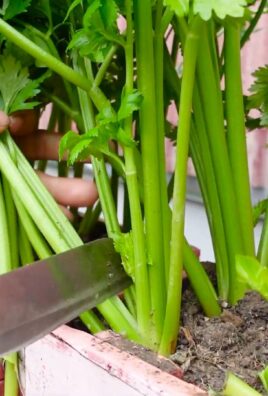
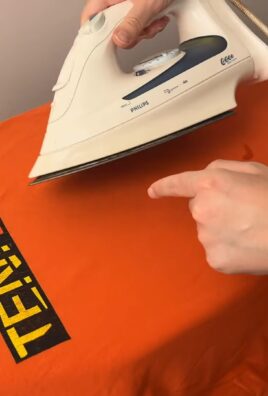
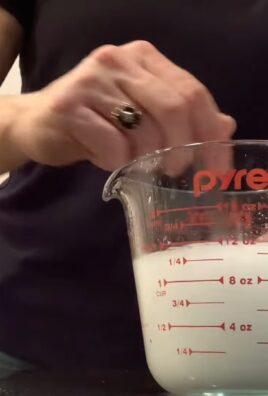
Leave a Comment